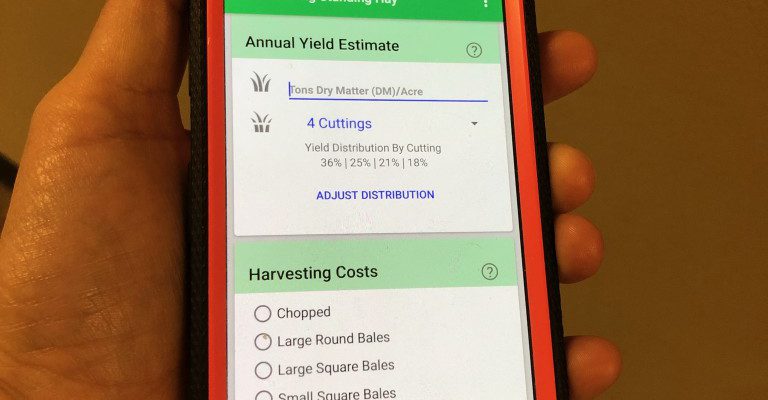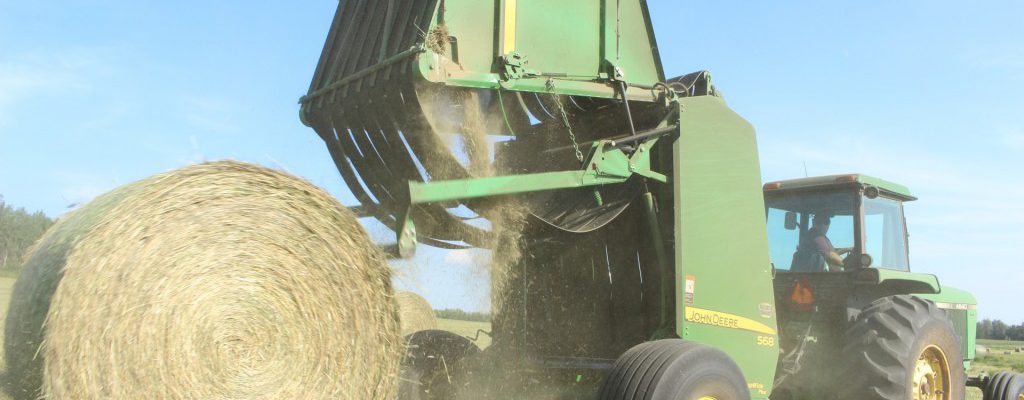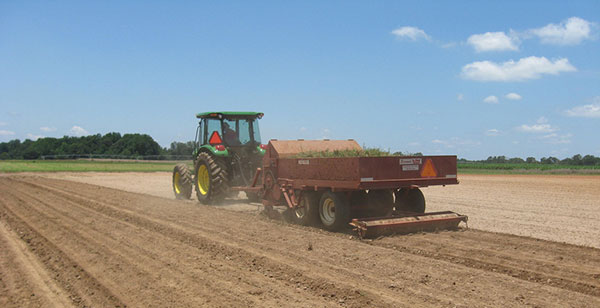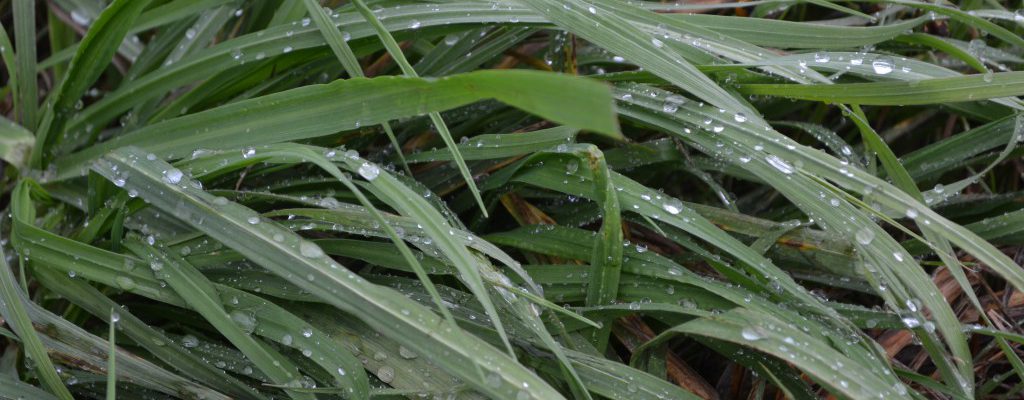Charlotte Meeks
-

By Charlotte Meeks Houston CEA Anyone that has managed cow/calf operations for more than a few days can tell you that the most expensive cost is feeding. Grazing is a cost-effective way of providing livestock with their nutritional needs. One method that can extend our gazing season involves grazing crop residue. After a crop (usually…
-
By Jeremy Kichler Colquitt CEC This time of year, county Extension agents get numerous calls and questions about which clover to choose for winter forage systems. Winter annual legumes can be planted in the fall and they can provide forage in the late fall and spring. These forages can be used for grazing, hay and…
-

By Savannah Tanner Emanuel County CEA There’s an app for that…there’s always an app for that. In the midst of an ever-increasing technology world, the agricultural industry is no stranger to smart technology. From irrigation apps to field measuring apps, we see widespread, quick, and “at the touch of a button,” farm management tools becoming…
-

By Carole Knight Bulloch County CEA As temperatures begin to creep up and spring starts to arrive, it is time to start thinking about the coming hay season. Timing is everything when it comes to high-quality hay production. A pre-harvest inspection of your hay making equipment can help make up valuable time and hopefully cut…
-
By Steve Morgan Harris County CEC Weeds can reduce the quantity and the stand life of desirable forage plants in pastures and hayfields. Weeds also impact the aesthetic value of a pasture. Therefore, producers may choose to initiate weed management strategies that reduce the impact of weeds on forage production. The first step in effective…
-

By Erin Forte Churchill Macon County CEC Improved bermudagrass varieties are often accepted as one of the best grazing materials in the Southeast, but the thought of establishing these varieties through sprigging can send even the best cattle producers running for the hills. It doesn’t have to! By following the steps outlined here, you can set yourself up for success with your…
-

By Jeremy Kichler Colquitt County CEC Every year county agents get questions from producers concerning if they should burn their Bermuda grass hayfields. There are several benefits to burning your hayfield. Burning can help producers manage thatch in their stands. If the thatch layer becomes too thick over time then this can create several issues.…
-
By Ray Hicks Screven County CEC Forages are the basis of most of our livestock enterprises. Moreover, the nutritional make up of that forage should be the foundation of a balanced diet for our livestock but many times this is took for granted. Many factors (e.g. variety, maturity, growing conditions, handling practices, etc.) affect forage…
Posted in: Hay -

By Adam Speir Madison County CEC Tall Fescue is a forage workhorse for livestock producers from north Georgia to New England. It is a cool-season perennial grass that is tolerant of many conditions, covers more than 1 million acres north of the Fall Line, and supplements bermudagrass pastures for many livestock producers from fall through spring. Despite the…
